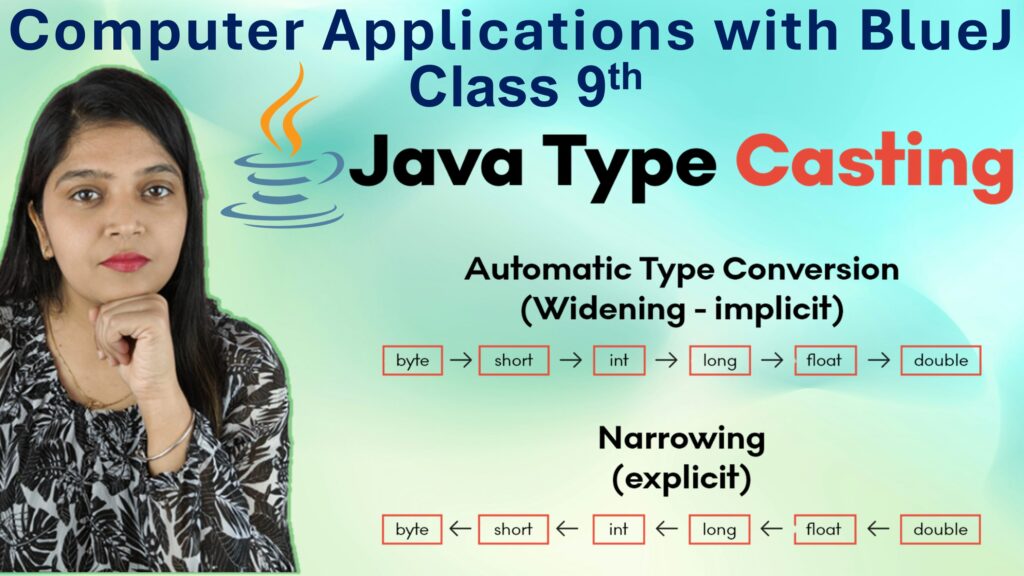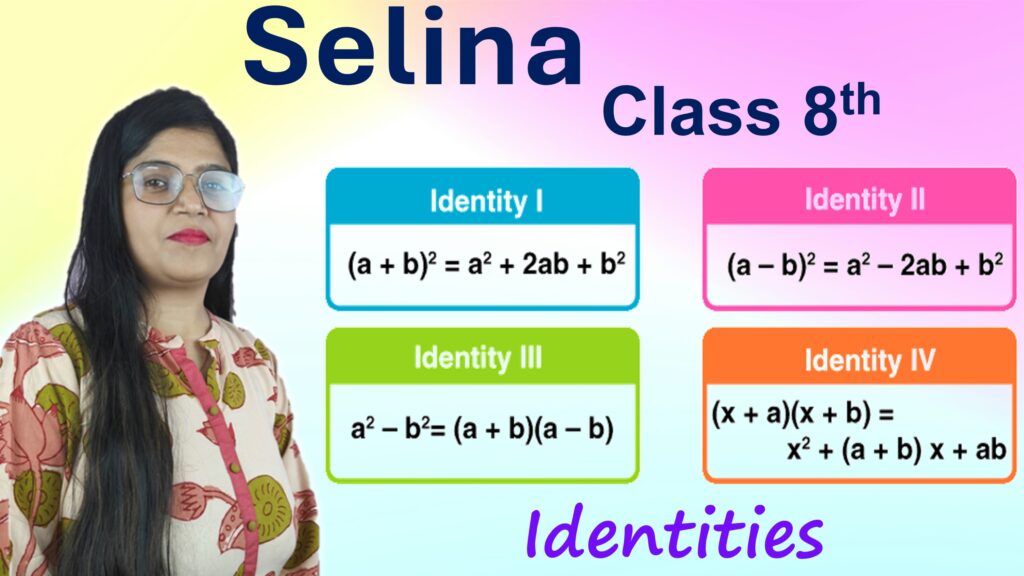Exercise: 2-A
Q1: Write down a rational number whose numerator is the largest number of two digits and denominator is the smallest number of four digits.
Step 1:
Find the largest two-digit number.
Largest two-digit number = 99
Step 2:
Find the smallest four-digit number.
Smallest four-digit number = 1000
Step 3:
Write the rational number as:\[
\text{Rational Number} = \frac{\text{Largest two-digit number}}{\text{Smallest four-digit number}}
\]\[
= \frac{99}{1000}
\]
Thus, the required rational number = \(\frac{99}{1000}\)
Q2: Write the numerator of each of the following rational numbers:
i. \(\frac{-125}{127}\)
Numerator = -125
ii. \(\frac{37}{-137}\)
Numerator = 37
iii. \(\frac{-85}{93}\)
Numerator = -85
iv. 2
As 2 = \(\frac{2}{1}\), Numerator = 2
v. 0
As 0 = \(\frac{0}{1}\), Numerator = 0
Q3: Write the denominator of each of the following rational numbers:
i. \(\frac{7}{-15}\)
Denominator = -15
ii. \(\frac{-18}{29}\)
Denominator = 29
iii. \(\frac{-3}{4}\)
Denominator = 4
iv. -7
As -7 = \(\frac{-7}{1}\), Denominator = 1
v. 0
As 0 = \(\frac{0}{1}\), Denominator = 1 or Every non-zero number
Q4: Write down a rational number with numerator (-5) × (-4) and with denominator (28-27) × (8-5).
Step 1:
Find the numerator:
\[
\text{Numerator} = (-5) \times (-4) = 20
\]Step 2:
Find the denominator:
\[
\text{Denominator} = (28-27) \times (8-5)
\]
\[
= (1) \times (3) = 3
\]Step 3:
Thus, rational number is:
\[
\frac{20}{3}
\]
The required rational number is \(\frac{20}{3}\)
Q5:
i. \(\frac{-15}{1}\) in integer form is _______
\[
\frac{-15}{1} = -15
\]
Answer: -15
ii. \(\frac{23}{-1}\) in integer form is _______
\[
\frac{23}{-1} = -23
\]
Answer: -23
iii. If \(18=\frac{18}{a}\) then a = ______
Cross-multiplying:
\[
18 = \frac{18}{a}
\quad \Rightarrow \quad 18a = 18
\quad \Rightarrow \quad a = 1
\]
Answer: 1
iv. If \(-57=\frac{57}{a}\) then a = ______
Cross-multiplying:
\[
-57 = \frac{57}{a}
\quad \Rightarrow \quad -57a = 57
\quad \Rightarrow \quad a = -1
\]
Answer: -1
Q6: Separate positive and negative rational numbers from the following:
\(\frac{-3}{5},\frac{3}{-5},\frac{-3}{-5},\frac{3}{5},0,\frac{-13}{-3},\frac{15}{-8},\frac{-15}{8}\)
Positive rational numbers:
\[
\frac{-3}{-5} = \frac{3}{5},\quad \frac{3}{5},\quad \frac{-13}{-3} = \frac{13}{3}
\]Positive: \(\frac{-3}{-5},\quad \frac{3}{5},\quad \frac{-13}{-3}\)
Negative rational numbers:
\[
\frac{-3}{5},\quad \frac{3}{-5},\quad \frac{15}{-8},\quad \frac{-15}{8}
\]Negative: \(\frac{-3}{5},\quad \frac{-3}{5},\quad \frac{-15}{8},\quad \frac{-15}{8}\)
Q7: Find three rational numbers equivalent to
i. \(\frac{3}{5}\)
Multiplying numerator and denominator by 2, 3, and 4:\[
\frac{3}{5} = \frac{3\times2}{5\times2} = \frac{6}{10}
\]
\[
\frac{3}{5} = \frac{3\times3}{5\times3} = \frac{9}{15}
\]
\[
\frac{3}{5} = \frac{3\times4}{5\times4} = \frac{12}{20}
\]Answer: \(\frac{6}{10},\frac{9}{15},\frac{12}{20}\)
ii. \(\frac{4}{-7}\)
Multiplying numerator and denominator by 2, 3, and 4:\[
\frac{4}{-7} = \frac{4\times2}{-7\times2} = \frac{8}{-14}
\]
\[
\frac{4}{-7} = \frac{4\times3}{-7\times3} = \frac{12}{-21}
\]
\[
\frac{4}{-7} = \frac{4\times4}{-7\times4} = \frac{16}{-28}
\]Answer: \(\frac{8}{-14},\frac{12}{-21},\frac{16}{-28}\)
iii. \(\frac{-5}{9}\)
Multiplying numerator and denominator by 2, 3, and 4:\[
\frac{-5}{9} = \frac{-10}{18},\quad \frac{-15}{27},\quad \frac{-20}{36}
\]Answer: \(\frac{-10}{18},\frac{-15}{27},\frac{-20}{36}\)
iv \(\frac{8}{-15}\)
Multiplying numerator and denominator by 2, 3, and 4:\[
\frac{8}{-15} = \frac{16}{-30},\quad \frac{24}{-45},\quad \frac{32}{-60}
\]Answer: \(\frac{16}{-30},\frac{24}{-45},\frac{32}{-60}\)
Q8: Which of the following are not rational numbers :
Given:
\[
-3,\quad 0,\quad \frac{0}{4},\quad \frac{8}{0},\quad \frac{0}{0}
\]
Checking:
– \(-3\) is a rational number: \(\frac{-3}{1}\)
– \(0\) is a rational number: \(\frac{0}{1}\)
– \(\frac{0}{4}\) is a rational number (0 divided by anything ≠ 0)
– \(\frac{8}{0}\) is **NOT** rational (denominator 0, undefined)
– \(\frac{0}{0}\) is **NOT** rational (indeterminate form)
Answer: \(\frac{8}{0}\) and \(\frac{0}{0}\) are not rational numbers.
Q9: Express each of the following integers as a rational number with denominator 7:
i. 5
\[
5 = \frac{5\times7}{7} = \frac{35}{7}
\]
Answer: \(\frac{35}{7}\)
ii. -8
\[
-8 = \frac{-8\times7}{7} = \frac{-56}{7}
\]
Answer: \(\frac{-56}{7}\)
iii. 0
\[
0 = \frac{0}{7}
\]
Answer: \(\frac{0}{7}\)
iv. -16
\[
-16 = \frac{-16\times7}{7} = \frac{-112}{7}
\]
Answer: \(\frac{-112}{7}\)
v. 7
\[
7 = \frac{7\times7}{7} = \frac{49}{7}
\]Answer: \(\frac{49}{7}\)
Q10: Express \(\frac{3}{5}\) as a rational number with denominator:
i. 20
\[
\frac{3}{5} = \frac{3\times4}{5\times4} = \frac{12}{20}
\]
Answer: \(\frac{12}{20}\)
ii. -20
\[
\frac{3}{5} = \frac{3\times-4}{5\times-4} = \frac{-12}{-20}
\]
Answer: \(\frac{-12}{-20}\)
iii. 45
\[
\frac{3}{5} = \frac{3\times9}{5\times9} = \frac{27}{45}
\]
Answer: \(\frac{27}{45}\)
iv. 25
\[
\frac{3}{5} = \frac{3\times5}{5\times5} = \frac{15}{25}
\]
Answer: \(\frac{15}{25}\)
v. -35
\[
\frac{3}{5} = \frac{3\times-7}{5\times-7} = \frac{-21}{-35}
\]
Answer: \(\frac{-21}{-35}\)
Q11: Express \(\frac{4}{7}\) as a rational number with numerator:
i. 12
\[
\frac{4}{7} = \frac{12}{\frac{7}{4}\times12} = \frac{12}{21}
\]
Answer: \(\frac{12}{21}\)
ii. -12
\[
\frac{4}{7} = \frac{-12}{\frac{7}{4}\times(-12)} = \frac{-12}{-21}
\]
Answer: \(\frac{-12}{-21}\)
iii. -16
\[
\frac{4}{7} = \frac{-16}{\frac{7}{4}\times(-16)} = \frac{-16}{-28}
\]
Answer: \(\frac{-16}{-28}\)
iv. -20
\[
\frac{4}{7} = \frac{-20}{\frac{7}{4}\times(-20)} = \frac{-20}{-35}
\]
Answer: \(\frac{-20}{-35}\)
v. 20
\[
\frac{4}{7} = \frac{20}{\frac{7}{4}\times20} = \frac{20}{35}
\]
Answer: \(\frac{20}{35}\)
Q12: Find x, such that:
i. \(-\frac{2}{3}=\frac{6}{x}\)
Cross multiplying:
\[
-2x = 18 \quad \Rightarrow \quad x = \frac{18}{-2} = -9
\]
Answer: -9
ii. \(\frac{7}{-4}=\frac{x}{8}\)
Cross multiplying:
\[
-4x = 56 \quad \Rightarrow \quad x = \frac{56}{-4} = -14
\]
Answer: -14
iii. \(\frac{3}{7}=\frac{x}{-35}\)
Cross multiplying:
\[
7x = -105 \quad \Rightarrow \quad x = \frac{-105}{7} = -15
\]
Answer: -15
iv. \(\frac{-48}{x}=6\)
Cross multiplying:
\[
-48 = 6x \quad \Rightarrow \quad x = \frac{-48}{6} = -8
\]
Answer: -8
v. \(\frac{36}{x}=3\)
Cross multiplying:
\[
36 = 3x \quad \Rightarrow \quad x = \frac{36}{3} = 12
\]
Answer: 12
vi. \(\frac{-27}{x}=9\)
Cross multiplying:
\[
-27 = 9x \quad \Rightarrow \quad x = \frac{-27}{9} = -3
\]
Answer: -3
Q13: Express each of the following rational numbers to the lowest terms:
i. \(\frac{12}{15}\)
The numerator is 12 and the denominator is 15. We can simplify this fraction by dividing both the numerator and denominator by their greatest common divisor (GCD), which is 3.
\(\frac{12}{15} = \frac{12 \div 3}{15 \div 3} = \frac{4}{5}\)
Answer: \(\frac{4}{5}\)
ii. \(\frac{-120}{144}\)
The numerator is -120 and the denominator is 144. We can simplify this fraction by dividing both the numerator and denominator by their GCD, which is 24.
\(\frac{-120}{144} = \frac{-120 \div 24}{144 \div 24} = \frac{-5}{6}\)
Answer: \(\frac{-5}{6}\)
iii. \(\frac{-48}{-72}\)
The numerator is -48 and the denominator is -72. The GCD of 48 and 72 is 24. Since both the numerator and denominator are negative, they cancel out the negative signs. We can divide both by 24.
\(\frac{-48}{-72} = \frac{-48 \div 24}{-72 \div 24} = \frac{2}{3}\)
Answer: \(\frac{2}{3}\)
iv. \(\frac{14}{-56}\)
The numerator is 14 and the denominator is -56. The GCD of 14 and 56 is 14. We divide both the numerator and denominator by 14.
\(\frac{14}{-56} = \frac{14 \div 14}{-56 \div 14} = \frac{1}{-4} = -\frac{1}{4}\)
Answer: \(-\frac{1}{4}\)
Q14: Express each of the following rational numbers in the standard form.
i. \(\frac{-7}{-8}\)Both signs negative, becomes positive: \[ \frac{-7}{-8} = \frac{7}{8} \] Answer: \(\frac{7}{8}\)
ii. \(\frac{5}{-12}\)
Negative sign to numerator: \[ \frac{5}{-12} = \frac{-5}{12} \] Answer: \(\frac{-5}{12}\)
iii. \(\frac{-7}{-20}\)
Both negative, becomes positive: \[ \frac{-7}{-20} = \frac{7}{20} \] Answer: \(\frac{7}{20}\)
iv. \(\frac{4}{-9}\)
Negative sign to numerator: \[ \frac{4}{-9} = \frac{-4}{9} \] Answer: \(\frac{-4}{9}\)







Leave a Comment